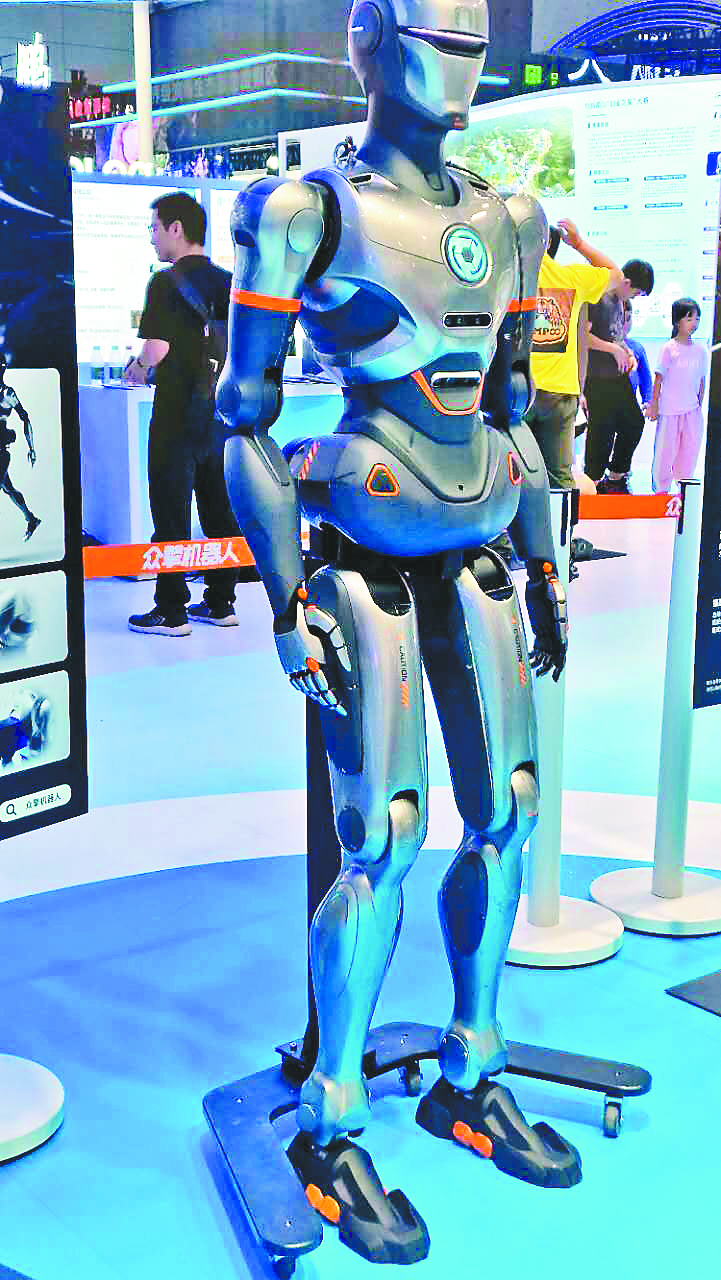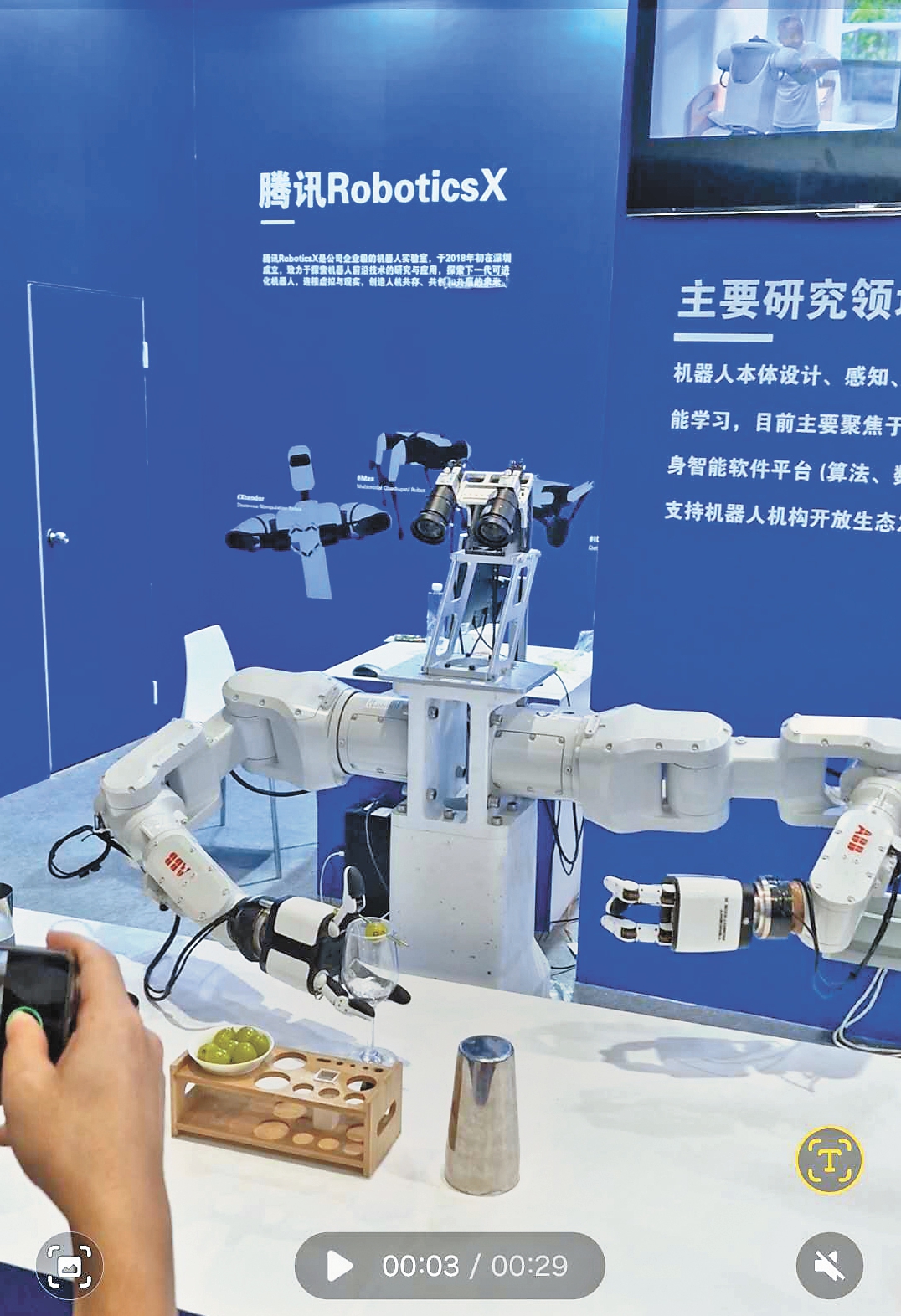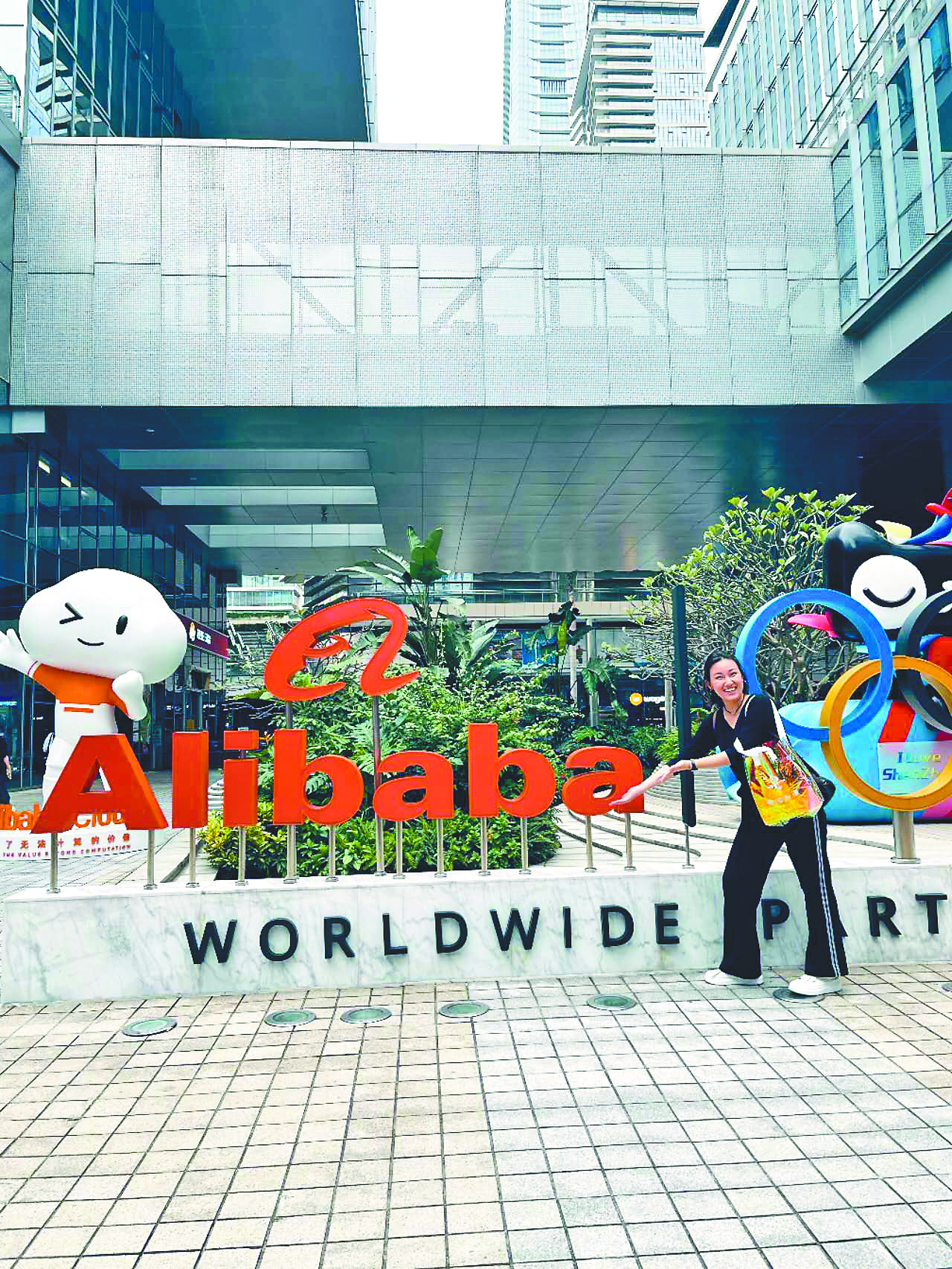Knock knock — Your future is at the door!
Writer: Seitesh Aray | Editor: Lin Qiuying | From: Original | Updated: 2025-07-17
When I first arrived in Shenzhen, I didn’t exactly gasp “wow” and drop my dumplings. I’d lived in China before, so I was already trained in the sacred art of scanning QR codes like a Jedi and carrying exactly zero cash like a true local.
But Shenzhen… It is not just another dot on the map with towering skyscrapers and endless tech parks. Here, technology isn’t something locked behind a lab door or shown off in the next TED Talk. It’s everywhere — in the trash bin on the street corner, in the library, and on the bus.
Shenzhen doesn’t just use technology — it is technology. Welcome aboard. Please fasten your seat belt, even if your ride doesn’t have a driver.
‘Good morning’ from the sky
The first time I truly felt “in the future” happened outside the library in University Town. I was waiting for a friend, casually scrolling through my phone, thinking about life and my internship project, and, honestly, debating whether I should just head back to the dorm for a nap.

A robot at this year’s China High-Tech Fair. Photos courtesy of the writer
Then suddenly — buzz buzz buzz — a drone flew right over my head. Not a toy. Not a tech demo. A legit delivery drone carrying actual coffee. No ads, no crowd, no applause. Just another part of daily logistics.
In Shenzhen, tech doesn’t exist, it silently embeds itself into your routine like air. It is like a shadow that follows you around until you can’t remember a time before it.
Every day, Shenzhen greets me with, “Good morning. The future is already up and running.”
High-Tech Fair: Ctrl+Alt+Shocked
Last November, I went to the China High-Tech Fair. It was like stepping onto the set of a sci-fi novel — even the robots looked like they’d walked straight off the cover.
Can you imagine hyper-realistic robots posing, nodding, and even showing hints of emotion? The most impressive was Unitree’s robotic dog: jumping, sprinting, full of energy, and probably judging me for skipping leg day.
There was even a robot waiter whose only job was to serve drinks — flawlessly. Every movement was smooth and graceful, like a former “Best Barista” back in action. Everything was precise. No spills, no passive-aggressive sighs. Just algorithms, accuracy, and a touch of theatrical flair.
The funniest part? I went in to look at robots. By the time I left, I was seriously wondering if I might be an unevolved prototype myself.
No driver? No problem
The first time I rode a driverless bus, I was more nervous than the system. Who hits the brakes? Who watches for pedestrians? What if...? But 10 minutes later, I was sipping bubble tea relaxed. No sudden stops, no anxiety. Just smooth sailing, like you’re not a passenger, but a line of efficient code.
The system picks the route, maintains distance, and stops precisely — so reliable, that you start taking it for granted. Honestly, I trust the bus more than I trust myself when parallel parking. This isn’t the “flying cars and space ports” kind of futurism. It’s just a city transit system that’s way more competent than you expected.
Huaqiangbei: The market that sells the future
Huaqiangbei isn’t just a market. It’s another universe within the city and a physical manifestation of the internet. It sells things you didn’t know existed.
In Shenzhen, “Should we try building it?” quickly becomes “Already done.” Here, you can find everything from a tiny button to an all-powerful drone that looks like it’s one firmware update away from making your coffee and becoming your life coach.

A robot-waiter serves drinks at this year’s China High-Tech Fair.
You came for a chip, but you leave with an AI dev kit, three charging cables (because the seller yelled “Cheap! Take it!”), and a creeping suspicion that maybe, just maybe, you’ve become a startup founder.
Looking for a product that doesn’t exist yet? Take another glance — you might just find it sitting in a 20-yuan plastic box, waiting for you to notice it.
Aliens? Nope, just humans
At first, it felt like the entire city was being run by systems: cashier-free payments, driverless buses, and lockers for packages without a human in sight.
But soon I realized, it’s not “people-less.” It’s just that people have evolved into the very heart of the R&D backstage. Behind every robot’s movement is the mind of an engineer. Behind every automated process is a development team’s sweat and stubbornness. Behind every “new feature” is a bold idea and countless hours of testing.

The author poses for a photo during a visit to Alibaba.
Shenzhen isn’t just “high-tech China.” It’s the China of invention. It doesn’t just build devices — it shapes direction, sets trends, and pushes boundaries.
Shenzhen doesn’t wait. It says, “Let’s go!”
I came to Shenzhen to study economics, but I ended up learning far more from the city, the people, and that electric energy you can’t quite describe. Shenzhen isn’t the city of the future. It’s a city that’s actively building the future, crafted by those who believe everything is possible.
So… are you ready to be part of tomorrow?